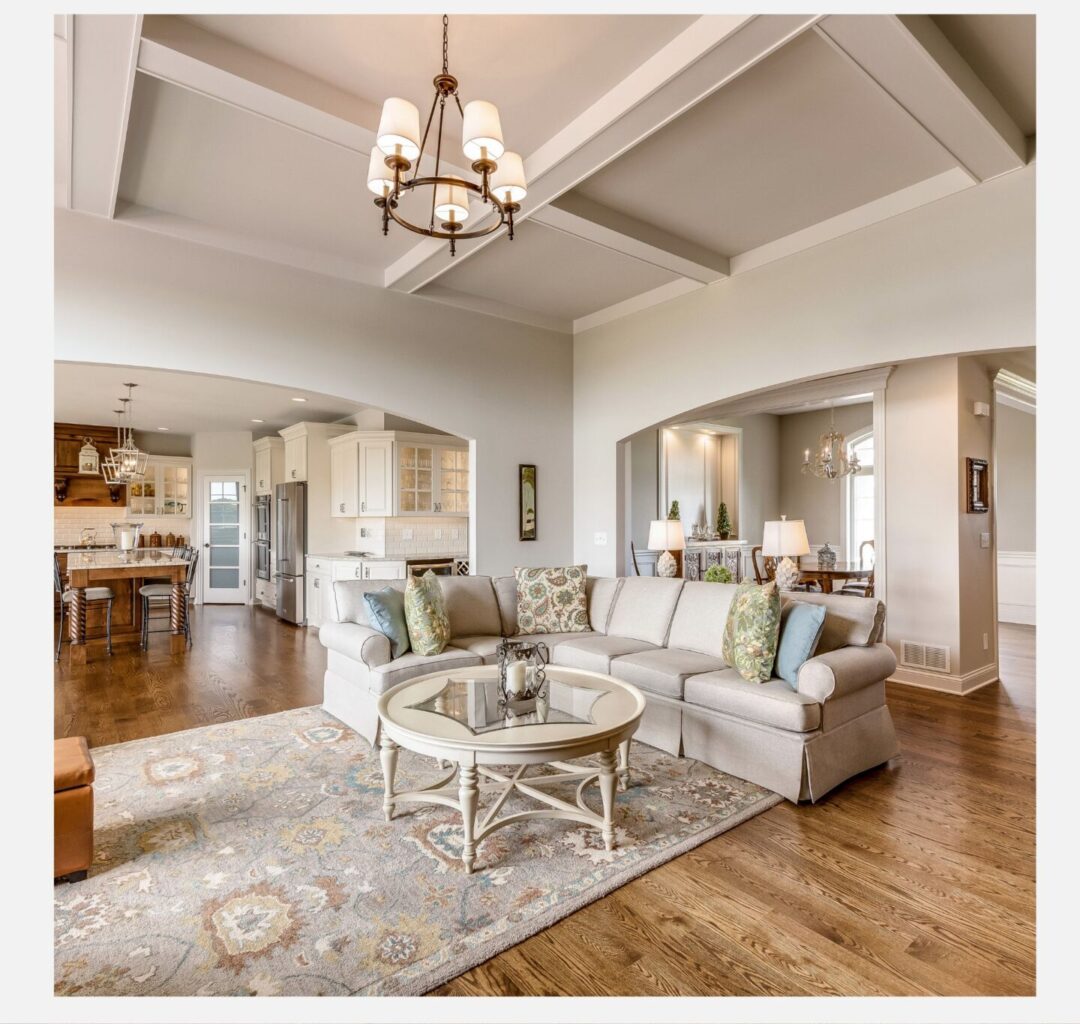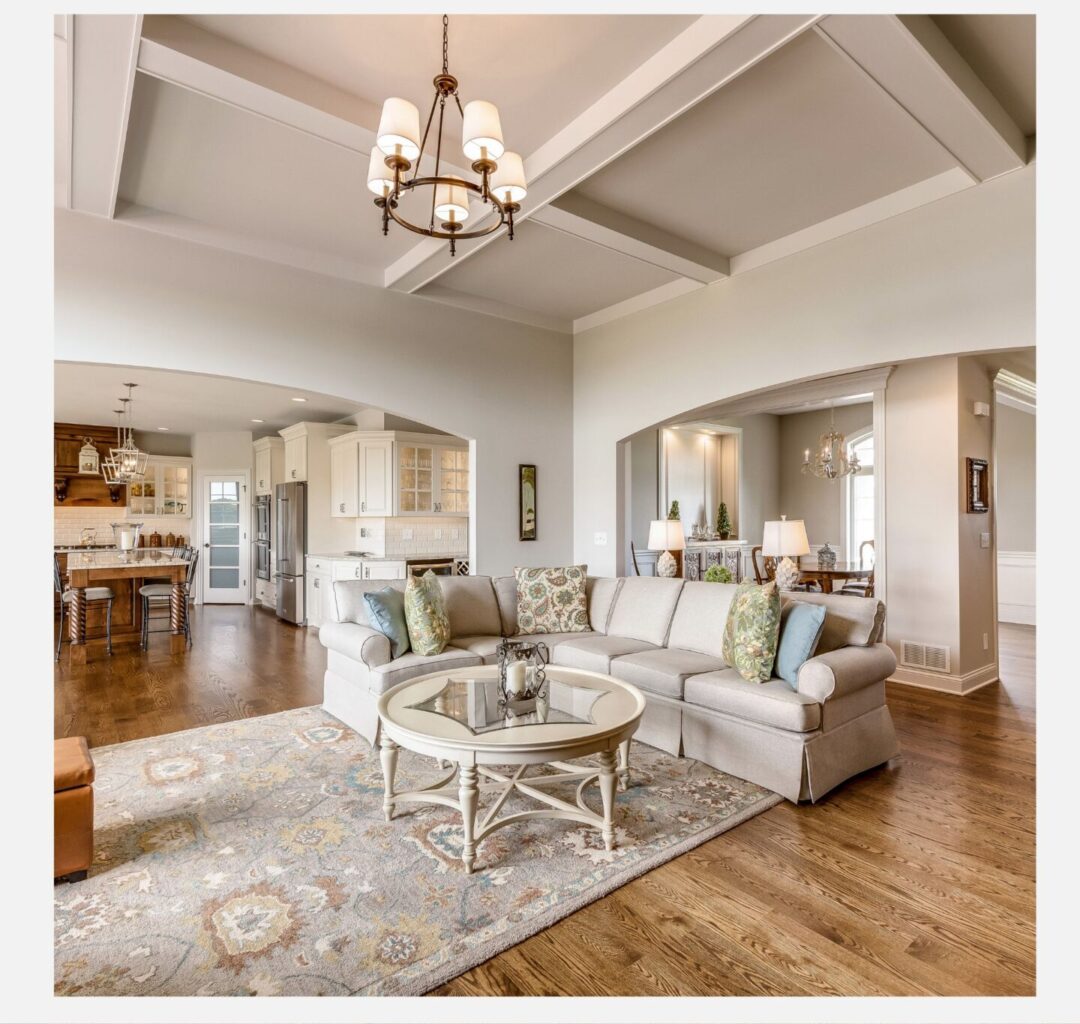Embarking on a home remodeling project can be both exciting and daunting, particularly when it comes to managing costs. With strategic planning and smart decisions, it’s possible to achieve your dream home makeover without breaking the bank. This comprehensive guide outlines effective strategies for cost-effective home remodeling, offering insights to help homeowners maximize their investment while minimizing expenses directly from professional home remodeling contractors and experts.
1. Thorough Planning and Budgeting
The foundation of any cost-effective home remodeling project lies in meticulous planning and budgeting. Begin by defining the scope of your project with as much detail as possible, including which areas of your home you wish to remodel and what changes you envision. Allocate a budget for each segment of the project, taking into account materials, labor, permits, and a contingency fund for unexpected expenses.
2. Prioritize Projects Based on Impact and Budget
Not all renovations offer the same return on investment (ROI) or impact on your living space. Prioritize projects that either add significant value to your home or enhance your daily life. For example, kitchen and bathroom remodels often yield high ROIs, while updating flooring and paint can dramatically improve the aesthetics and functionality of your space.
3. DIY Where Practical
Taking on some of the work yourself can significantly reduce labor costs, making your project more affordable. Tasks such as painting, minor demolition, or even installing flooring can be done by homeowners with the right tools and a bit of research. However, it’s crucial to be realistic about your skills and time. Overestimating your abilities can lead to costly mistakes that may outweigh the initial savings.
4. Reuse and Repurpose
Before you start demolishing your space, consider which components can be reused or repurposed. Cabinets can be refreshed with new paint and hardware, and salvaged materials can add character to your home without the cost of new items. This approach not only saves money but also contributes to environmental sustainability.
5. Shop Around for Materials and Labor
Prices for materials and labor can vary significantly, so it pays to shop around. Obtain multiple quotes from contractors to ensure competitive pricing and research material costs across different suppliers. Consider off-season renovations when contractor demand is lower, potentially leading to better deals.
6. Embrace Cost-Effective Design Choices
Certain design choices can help stretch your remodeling budget. Opting for open floor plans can reduce the need for structural changes, while choosing standard-sized materials can avoid costly custom orders. Look for alternatives to high-end finishes that still offer durability and aesthetic appeal.
7. Financing Smartly
Careful consideration of how to finance your remodeling project can lead to significant savings. Options include using savings to avoid interest payments, taking out a home equity loan for potentially tax-deductible interest, or using a zero-interest credit card for smaller projects you can pay off quickly.
8. Energy Efficiency Improvements
Incorporating energy-efficient improvements can reduce utility bills, making the cost of these upgrades worth it over time. Consider energy-efficient windows, insulation, and LED lighting as part of your remodeling project. Additionally, some energy-efficient improvements may qualify for tax credits or rebates, further enhancing their cost-effectiveness.
9. Quality vs. Price Consideration
While it’s tempting to go for the cheapest options available, investing in quality where it matters can save money in the long run by reducing the need for repairs and replacements. Identify areas where quality is paramount, such as structural components and high-traffic areas, and where you can opt for more budget-friendly choices without compromising the overall integrity of your project.
10. Regular Communication with Your Contractor
Maintaining open and regular communication with your contractor is vital for staying on budget. Ensure they understand your financial constraints and project goals from the start. Regular check-ins can help catch and address any budgetary issues early, avoiding costly surprises down the line.

Choose Home Remodeling Expert Today!
Home remodeling doesn’t have to be an exorbitant endeavor. With careful planning, strategic decisions, and a bit of creativity, you can significantly reduce costs without compromising on quality or style. Remember, the goal is not just to save money but to invest it wisely, enhancing the value and enjoyment of your home for years to come. If you’re ready to embark on your own home remodeling project, contact us today.





